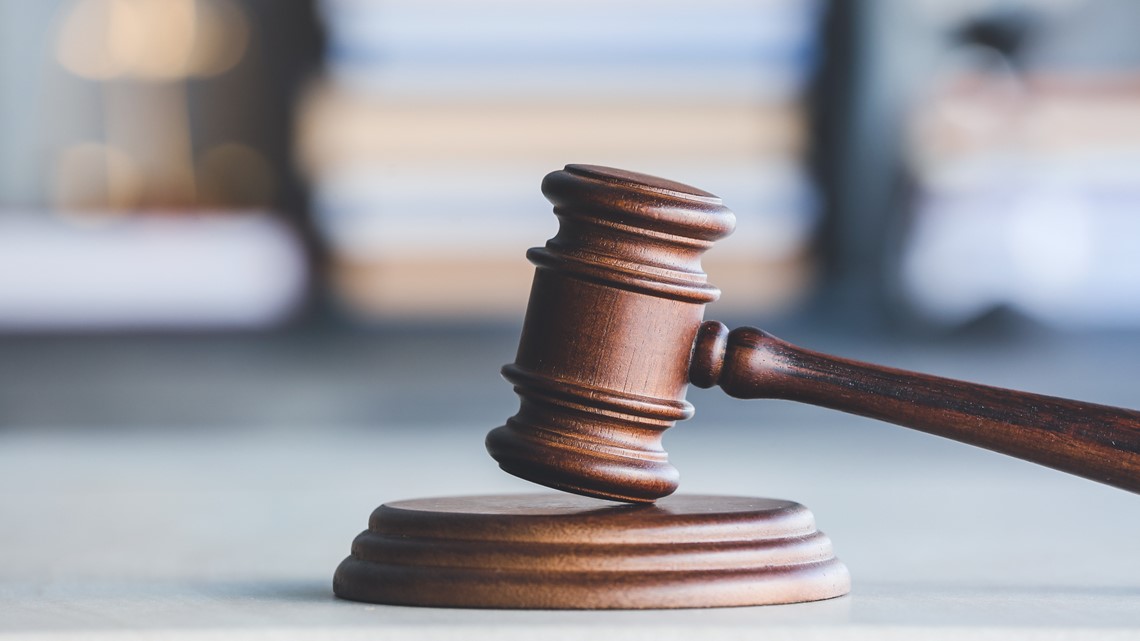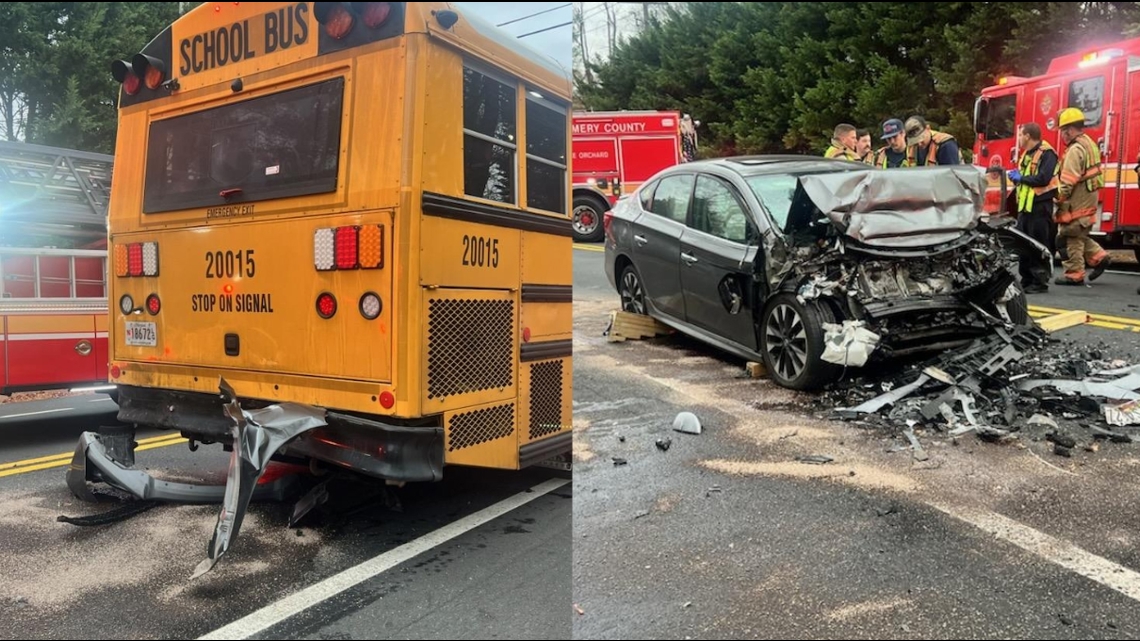WASHINGTON — Strong storms Monday have officials warning of dangerous conditions across the D.C. region. Damaging wind is the biggest threat from the storms expected until 10 p.m. Widespread gusts could be between 60 mph and 70 mph.
With wind in the forecast, we're answering your questions about downburst winds, tornadoes and derechos. Here's what you need to know.
What are downburst winds?
Downburst winds are an outward burst of strong winds that push out of a thunderstorm. Macrobursts and microbursts are types of downburst winds. According to the National Severe Storms Laboratory, a macroburst is a larger burst of air coming out of a storm.
"A macroburst is an outward burst of strong winds at or near the surface with horizontal dimensions larger than 4 km (2.5 mi) and occurs when a strong downdraft reaches the surface," experts wrote on the NSSL website.
To get an idea of how this works, imagine a hair dryer and air pushing out of it, blowing your hair around as it makes contact with your head.
A microburst is a smaller, more concentrated burst of air out of storm.
How do these winds form?
Storms have an updraft and a downdraft. Think of an updraft as the vacuum cleaner of the storm, as this is where air rises. Think of the downdraft as the blow dryer of the storm, where air pushes out. The updraft and downdraft work side by side in a storm. When the air is too dense or "heavy" in the downdraft , it quickly falls to the ground where it violently fans out as potentially damaging winds.
Hot temperatures and humid conditions aided in making the atmosphere unstable enough to support stronger storms capable of producing these types of winds.
What about tornadoes and derechos?
It's common for people who experience wind damage to assume that a tornado caused it. After all, tornadoes usually show a certain signature on radar.
The entire DMV region was under a tornado watch until 9 p.m. Monday.
A Tornado Watch has been issued for the entire DMV until 9 p.m.
If you haven't done so already, have the conversation about where you will go if a tornado warning is issued in your area.@WUSA9 pic.twitter.com/6Y73eaHVEq
Tornado wind damage usually occurs in a circular pattern, while downburst winds leaves damage falling in the same or similar direction.
To be classified as a derecho there is very strict criteria that has to be met. The storm must produce damage for a swath of at least 240 miles with wind gusts of at least 58 miles per hour.
How to prepare:
Have a plan in place and know where you'll go: A small interior room or basement is the best place to go when dealing with strong winds.
Have a way to get alerts: Download the WUSA9 app for the latest weather information
Stay weather aware: We will update you throughout the day as weather develops.
.png)









 English (US) ·
English (US) ·